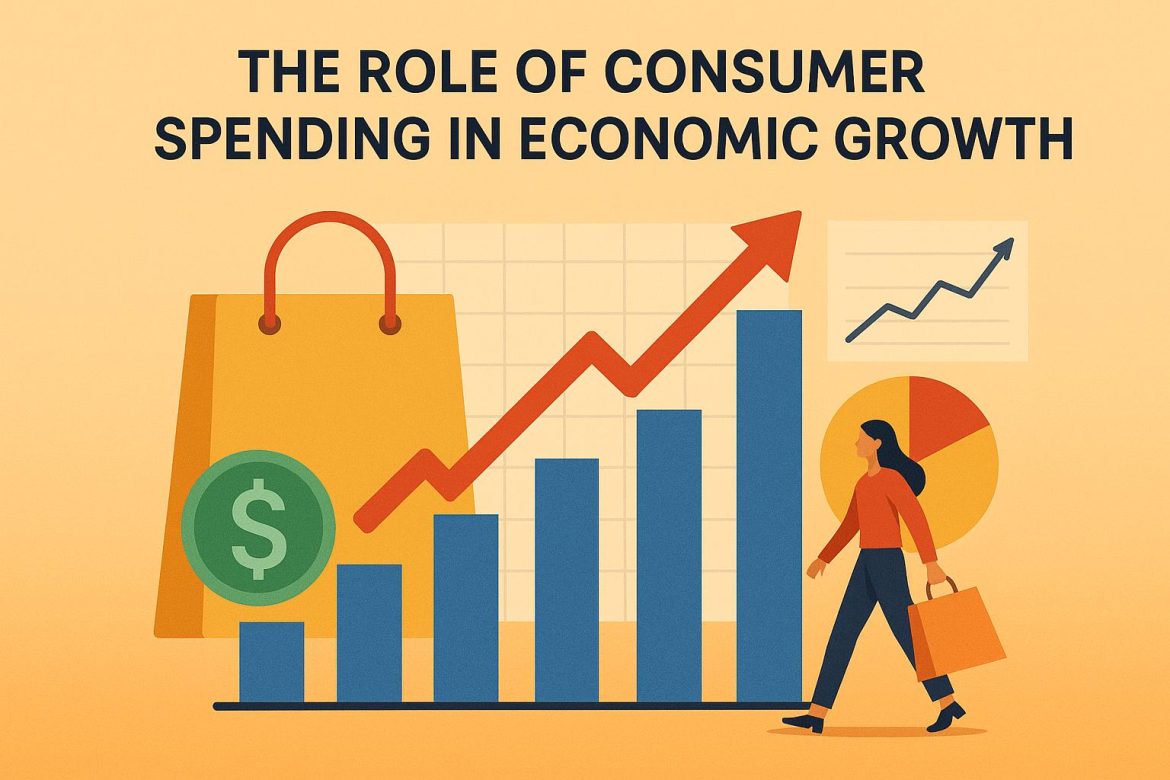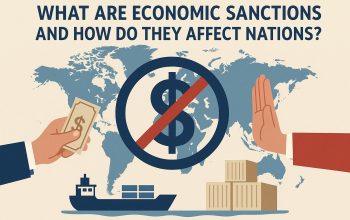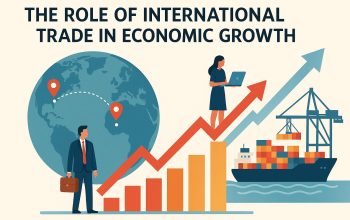The Importance of Consumer Spending in Economic Growth
Consumer spending, otherwise referred to as household spending, is a cornerstone of economic development in numerous global economies. It denotes the aggregate value of goods and services procured by households, serving as a substantial element of a nation’s gross domestic product (GDP).
The Relationship between Consumer Spending and GDP
GDP, being an abbreviation for Gross Domestic Product, evaluates a country’s economic performance by summing up the total value of all goods and services produced within a specific timeframe. A substantial portion of the GDP is constituted by consumer spending. In numerous advanced economies, this can represent more than 60% of the GDP, underlining its essential role in driving economic activity.
Mechanisms through which Consumer Spending Influences Economic Growth
Consumer spending operates through various mechanisms that contribute significantly to economic growth, creating a multiplier effect within the economy. The interplay of several factors facilitates this process:
Increased Production: When consumer spending rises, businesses experience a surge in demand for their products and services. To satisfy this increased demand, businesses often scale up their production capacity. This escalation in production not only meets consumers’ needs but also boosts the overall economic output, thereby exerting a positive impact on GDP growth.
Job Creation: The increase in production activities necessitates the employment of additional labor. Companies are prompted to hire more individuals to manage the expanded production requirements. This increase in employment contributes to a reduction in unemployment rates, injects more disposable income into the economy, and consequently spurs further economic activity.
Investment in Innovation: Businesses operating in competitive environments are continuously seeking methods to captivate consumers and optimize their operations. The need to remain competitive often encourages firms to invest in innovative technologies and processes. Such investments in innovation lead to efficiency improvements and the development of new products and services, which fuel long-term economic growth.
Factors Influencing Consumer Spending
The decision-making process that consumers undergo when considering expenditures is influenced by a multitude of factors:
Disposable Income: The level of disposable income, which is the portion of income remaining after the deduction of taxes, plays a pivotal role in consumer spending. When disposable income experiences an upsurge, consumers have more financial resources available to allocate towards purchasing goods and services, thereby enhancing consumer spending.
Consumer Confidence: The sentiment of consumers regarding their financial situations and the general outlook of the economy heavily impacts spending behavior. High levels of consumer confidence encourage an increased propensity to spend rather than save, consequently driving economic growth.
Interest Rates: The cost of borrowing, as determined by prevailing interest rates, has a direct influence on consumer spending. Lower interest rates reduce the expense associated with financing purchases of goods, leading to greater consumer inclination towards borrowing for substantial acquisitions such as houses and automobiles.
Challenges and Considerations
While consumer spending is indeed pivotal, over-reliance presents inherent challenges, thus requiring careful consideration:
Economic Vulnerability: A dependence on consumer spending renders an economy susceptible to fluctuations in consumer confidence or adverse financial events, which can create economic volatility.
Debt Accumulation: Excessive consumer spending can potentially prompt individuals to incur unsustainable levels of personal debt, adversely impacting financial stability and potentially constraining future consumption.
Equilibrium Maintenance: To avoid over-reliance on consumer spending, it is crucial for economies to maintain a balance through diversified sources of economic growth. Investments in infrastructure, technology, and education, as well as policies to encourage savings and investments, are vital in forming a holistic approach to economic stability.
For stakeholders interested in understanding how consumer spending shapes economic cycles and impacts national economies, analytical resources can be invaluable. Reports published by reputable financial institutions such as the Federal Reserve or the World Bank provide detailed analyses and insights into these dynamics, offering data and perspectives necessary for policy-making and strategic planning.
Ultimately, consumer spending serves as an essential pillar of economic growth, driving production, employment, and innovation. However, achieving a sustainable economic trajectory requires mindful navigation of its challenges. By examining the nuanced interactions between consumer expenditure and broader economic factors, stakeholders can better prepare for future economic landscapes, devising methods to stabilize growth while minimizing vulnerabilities. The ongoing challenge remains to harness the robust advantages of consumer spending while managing its potential downsides, ensuring sustained economic health.
This article was last updated on: September 15, 2025




